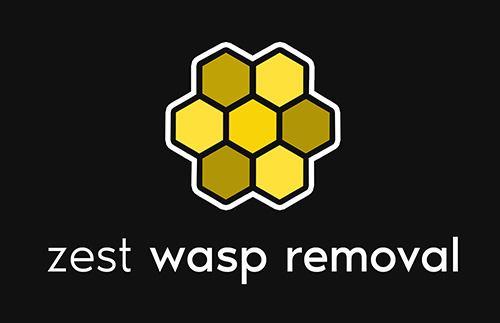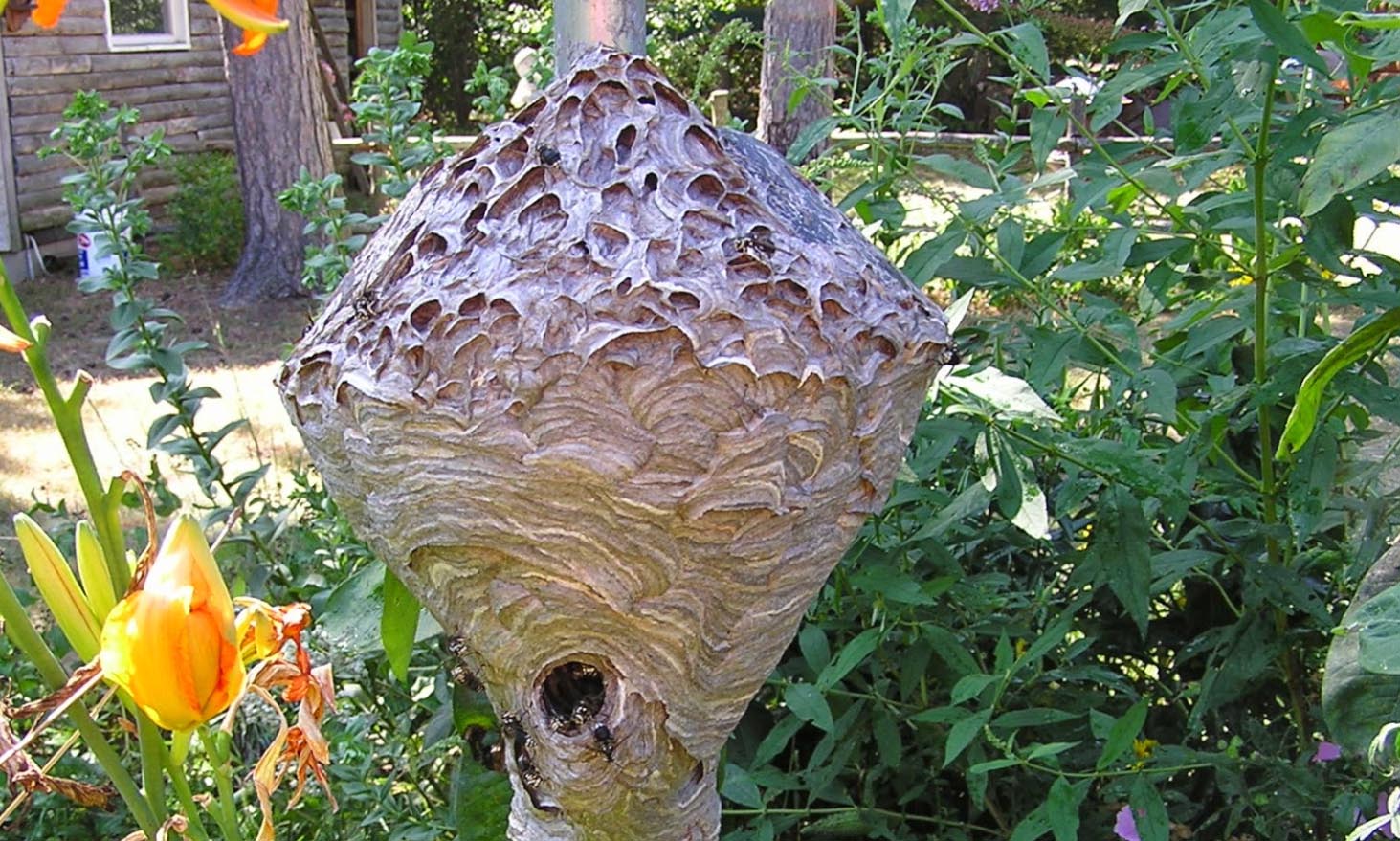It’s easy to search online for DIY methods for removing a wasp nest and save money on contacting a professional pest controller.
However, are these methods as simple and safe as they sound?
Let’s take a look at what you could be faced with if attempting to remove a wasps nest yourself.
Not all wasp nests are equal. Some contain hundreds of wasps, others thousands, depending on how long the nest has been active. In early to late spring, wasp activity begins, and by mid to late summer, wasp season is at its peak. The population of wasps starts to decline by the autumn, as food supplies dwindle and the queen wasps prepare for hibernation. Therefore, if you intend to remove a wasps nest, the earlier the better.
It’s also important to know how wasps behave throughout wasp season. When building their nest, they chew on wood and mix it with their saliva to create a paper mache type of substance. Therefore, nests are lightweight but very durable and waterproof. Simply throwing a bucket of water, or hosing down a nest, isn’t going to completely remove it. Instead, you may be faced with a swarm of wasps stinging you repeatedly – even more so during the peak summertime.
After the queen has built the nest, the male wasps (worker drones) are tasked with maintaining and expanding the nest. By autumn, their behaviour changes. As the days get shorter, wasps become confused and struggle to differentiate between the light from sunrise versus the lights emitted from buildings. They also begin feeding on rotten fruit, making them drunk and more aggressive, hence the reason for stinging humans more frequently during this season.
How do you treat the nest?
First, consider how big the nest is before disturbing it. Wasps will become aggressive and attack anyone or anything that interferes with them Therefore, always ensure there’s enough space for you, or others to flee the area. And ensure you don’t block the wasps’ escape route, as this can provoke aggressive behaviour.
If the nest is too big, or in an awkward position to safely remove without someone getting injured, or simply unsure of what to do, call a professional pest controller as they have the appropriate equipment to safely remove the nest.
Our experts use a residual insecticide that’s sprayed onto the nest and the surrounding entrance of the nest. The insecticide is biodegradable and non-toxic to mammals, but very toxic to insects, such as wasps, bees, or ants.
When the insecticide is applied, the wasps are likely to react; therefore, it’s important to keep children, vulnerable people, and pets away from the area for a few hours. After this treatment, the nest becomes uninhabitable and you can then enjoy a wasp-free zone.
Overall, it’s safer to leave it to the pest control experts. But if you do attempt to remove a nest yourself, research your method thoroughly and plan accordingly to ensure your and others are kept safe.

